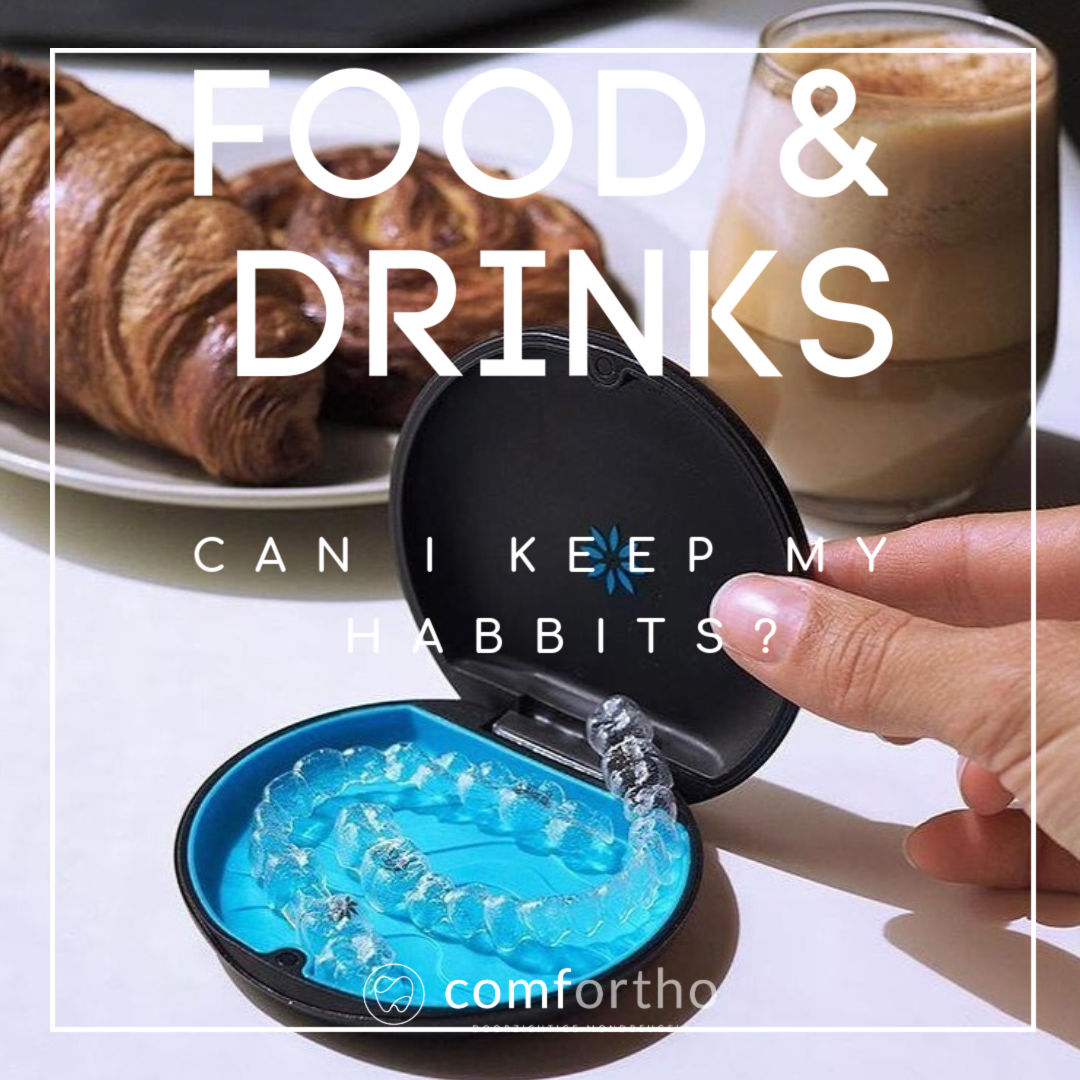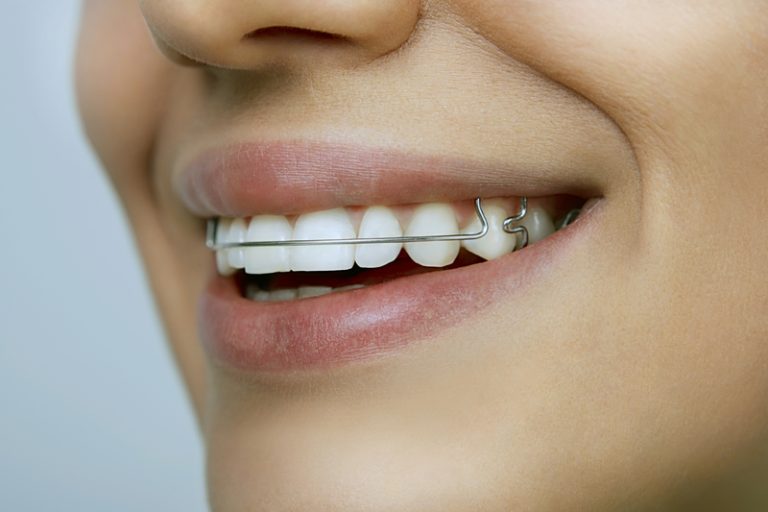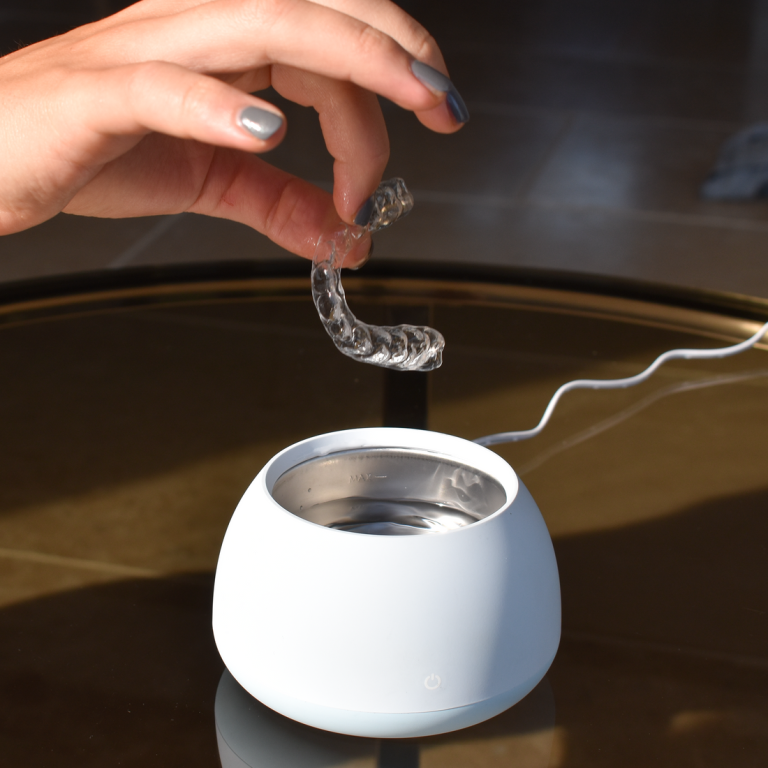Eating With Invisalign Attachments: Tips for a Smooth Experience
Last Updated on 1 month by DR. ALBIN SIPES
Eating with Invisalign attachments can be challenging but manageable. Avoid sticky, hard, and chewy foods to protect your aligners and attachments.
Invisalign offers a discreet way to straighten teeth, but attachments can complicate mealtime. These small bumps help the aligners grip your teeth better, enhancing treatment effectiveness. While wearing Invisalign, you must remove your aligners when eating or drinking anything other than water.
This ensures that food particles don’t get trapped, which could lead to cavities or staining. It’s crucial to maintain good oral hygiene during this process. Understanding how to navigate eating with Invisalign attachments can make your experience smoother. By making careful food choices, you can enjoy your meals while keeping your orthodontic treatment on track.

Credit: www.comfortho.nl
Introduction To Invisalign Attachments
Invisalign attachments are small bumps placed on teeth. They help align teeth better during treatment. These attachments work with aligners to create more pressure on certain areas. This makes the treatment faster and more effective.
Many people worry about eating with attachments. Some common concerns include:
- Food getting stuck: Attachments can trap small food particles.
- Difficulty chewing: Certain foods may be hard to eat.
- Discomfort: Attachments might cause mild irritation.
Choosing soft foods can help. Foods like yogurt, smoothies, and mashed potatoes are easier to eat.
Pre-meal Preparation
Cleaning your aligners is very important. Use a soft toothbrush and clear soap. Avoid using toothpaste, as it can scratch the aligners. Rinse your aligners with warm water before putting them back in your mouth.
Choosing the right foods helps protect your aligners. Soft foods are best while wearing Invisalign. Avoid hard, sticky, or crunchy foods. These can damage the aligners and make treatment longer.
Here is a quick list of safe foods:
- Yogurt
- Mashed potatoes
- Soft fruits
- Cooked vegetables
- Soups
Best Practices While Eating
Eating with Invisalign attachments requires careful techniques. Use gentle chewing methods to protect your aligners. Avoid biting down hard on crunchy foods. Instead, cut food into smaller pieces. This makes it easier to chew.
For hard foods, consider these tips:
| Food Type | Recommended Technique |
|---|---|
| Carrots | Slice into thin strips |
| Apples | Cut into wedges |
| Bagels | Toast and slice |
| Popcorn | Eat in moderation |
Taking small bites helps avoid damage. Stay aware of your attachments while eating. Maintain a soft food diet if needed.
Foods To Embrace And Avoid
Choosing the right foods is key with Invisalign attachments. Some foods are great while others can cause issues.
Aligner-friendly foods include:
- Soft fruits like bananas and berries
- Cooked vegetables such as carrots and broccoli
- Dairy products like yogurt and cheese
- Grains like rice and pasta
- Lean meats, including chicken and turkey
Foods that can cause damage are:
- Sticky candies that can pull at the attachments
- Hard nuts that may break aligners
- Popcorn that can get stuck
- Chewy bagels that can be tough to bite
- Crunchy chips that may harm the aligners
Post-meal Care
After eating, clean your teeth and attachments well. Use a soft toothbrush and fluoride toothpaste. Rinse your mouth with water to remove food particles. Make sure to brush around the attachments carefully.
Before reinserting aligners, dry your teeth and attachments. This helps the aligners fit better. Place the aligners back in your mouth gently. Press down on them until they snap into place.
Always check for any discomfort after reinserting the aligners. If they feel loose or uncomfortable, consult your orthodontist. Keeping your aligners clean is key for a successful treatment.

Credit: bellaviadental.com
Dealing With Discomfort
Wearing Invisalign attachments can cause some discomfort. This is normal as your mouth adjusts. Soothing irritated gums is important for comfort. Try using a warm saltwater rinse. It can help reduce swelling and irritation.
Gum gel or over-the-counter pain relief can also be effective. Soft foods are best during this time. Foods like yogurt, smoothies, and mashed potatoes are gentle on your gums. Avoid crunchy or hard foods that may cause pain.
Adjusting to new attachments takes time. Expect a few days of mild discomfort. Regular oral hygiene helps keep your mouth healthy. Brush and floss carefully around the attachments. This will help prevent any additional irritation.
Eating Out And Social Events
Eating out with Invisalign attachments is easy and fun. Plan ahead to keep your routine. Choose restaurants that offer healthy options.
Discreetly remove your aligners before meals. Make sure to keep them safe in a case. Rinse your mouth after eating to keep your teeth clean.
Remember to brush your teeth after meals if possible. This helps maintain good oral hygiene. Always carry a travel toothbrush to stay fresh.
Enjoy social events without worry. People will hardly notice your aligners. Focus on the company and food, not your teeth.
Long-term Dietary Adjustments
Eating with Invisalign attachments requires some changes in your diet. Focus on foods that are easy to chew and won’t damage your aligners. Avoid hard, sticky, or chewy snacks that can hurt your teeth.
Choose healthy, aligner-safe options like:
- Soft fruits such as bananas and berries
- Vegetables like cooked carrots and peas
- Yogurt for a tasty treat
- Smoothies packed with nutrients
- Soft cheeses for a quick snack
Staying hydrated is also important. Drink plenty of water throughout the day. This helps keep your mouth clean and fresh.
Troubleshooting Common Issues
Getting food stuck in your Invisalign attachments can be annoying. Use a soft toothbrush to gently clean around the attachments. Rinse your mouth with water after eating to remove small particles. Flossing can also help clear out stuck food. If particles remain, consider using a water flosser for better results.
Contact your orthodontist if food keeps getting stuck. They can check if the attachments are properly placed. You may need adjustments for better comfort and cleaning. Regular visits ensure your treatment stays on track.

Credit: www.healthline.com
Conclusion
Eating with Invisalign attachments may seem challenging, but it’s manageable with some planning. Choose softer foods and maintain good oral hygiene. Regular maintenance will ensure your treatment stays on track. Embrace this journey towards a straighter smile, and remember that every meal brings you closer to your goals.



